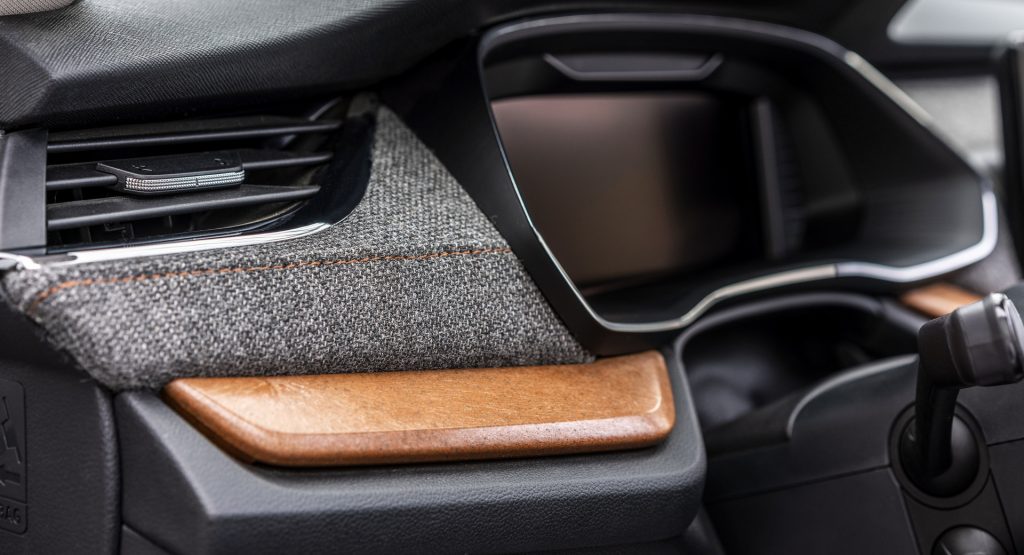In researching ways to make its vehicles more sustainable, Skoda has come up with a pair of new interior materials it says could help shorten supply chains and take advantage of byproducts from other industries.
Skoda has already filed a patent application for the first, a material made from the pulp of sugar beets. The company says it uses a special process to dye the pulp, which can then be used to create design accents for the interior.
Better still, the beets come from Dobrovice, near Skoda’s Mlada Boleslav, Czech Republic, headquarters. That means that on top of utilizing a byproduct that might otherwise be discarded, simply getting it to the factory emits less CO2.
Read Also: VW Stops Producing Its Most Popular Product: Currywurst Sausages
The second product is still in the investigation stage but it utilizes miscanthus, a type of reed grass. The grass grows quickly, sequestering CO2 along the way. Again, Skoda is taking advantage of a byproduct, as the grass is often used as a biofuel and residue can be processed into trim pieces.
To demonstrate the quality of the materials, Skoda has created an Octavia whose floor and right-side doors are missing to make its interior more visible. With trim pieces in the dashboard made of beets, and door cards and A-pillars trimmed with the reeds, the demonstrator shows how the automaker could make attractive interiors that are more sustainable.
Along with the new materials, the car also uses trim pieces made of 100 percent new wool that is certified by The Woolmark Company and fabrics made of recycled PET bottles. All of which is being done in an effort to allow Skoda to unshackle itself from the use of plastic and leather.
“We aim to play a pioneering role in the area of sustainability,” said Johannes Neft, Skoda’s head of technical development. “We are taking a holistic approach to this issue, and we are addressing much more than just the CO2 emissions of our vehicle fleet; we are also focusing on researching and using ecologically sourced materials and investigating, for example, how materials such as coconut fibers or rice husks can be used in the future.”






